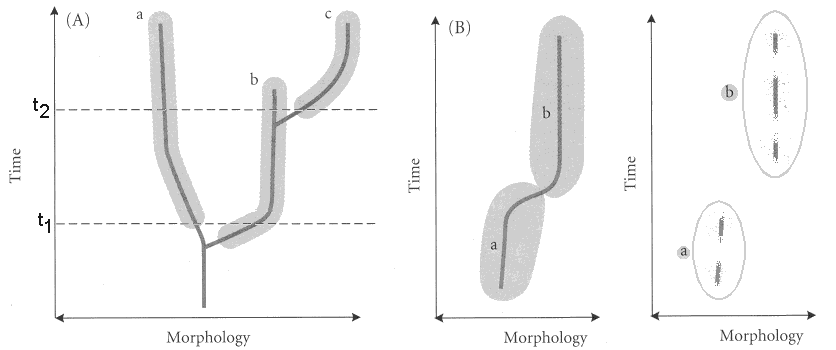Fossil Species: Species Concepts and Criteria
Species (pl. "species"; Latin for "kind"): generally considered the fundamental unit of biological diversity. Certainly is the primary entry in databases of diversity, abundance, occurence, etc. from modern and fossil assemblages, ecosystems, etc.
But, WHAT ARE SPECIES?!? We (sometimes) know them when we see them, but how do we recognize them? What is our species concept (more accurately species criterion)? This is known in biology as the "species problem".
Difficulties with species delineation:
"Species" are our attempt scientifically to codify traditional "kinds," populations of interbreeding critters that are more or less morphologically uniform. Seems easy, but when you scrutinize living diversity in detail, a number of problems come up:
Asexual "species:" Many creatures reproduce primarily or entirely asexually. How do species concepts apply to them?
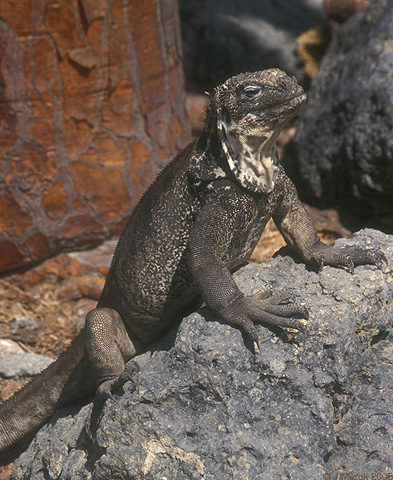
Hybrid Galápagos iguana
To see how weird things can get, consider the case of hybridogens like exist in the molly genus Poeciliopsis. In this morphologically distinct "species," each individual is female and gets her paternal genome through her mother's mating with males of at least two closely related normal species.
Thus, hybridization spans the range from extremely maladaptive to essential to the perpetuation of hybridogenic "species."
Sibling species: Sister taxa (i.e. descendents form a recent common ancestor) that are morphologically indistinguishable, but distinguished by molecular, karyological, or behavioral traits. E.G. Lamml and Kramer, 2006 on stonebashers of the genus Pollimyrus, who tell one another apart by difference in their calls.
Morphoclines: When interbreeding populations occupy a large range, they often display visible morphological gradations. For example, the Northern Flicker (Colaptes auratus) occupies most of North America and grades from the "yellow-shafted" form in the East to a "red-shafted" form in the west.
Obviously, if they were to be extirpated from the interior of the continent, a speciation-event might result. Indeed, Pleistocene glaciations seem to have produced this effect in many avian sister-taxa, like blue jays (East) and Steller's jays (West.)
Ring species: Species spanning a broad morphological continuum across a wide geographic range in which members of a local population can interbreed with members of adjacent populations, but end members of the continuum cannot interbreed.
The upshot: Even among living creatures, the delineation of "species" can be daunting. Consider the killer-whale Orcinus orca: Three morphological types are known from the Pacific Northwest (above) that are behaviorally distinct. and possibly not interbreeding.
- "Residents" are sedentary fish-eaters.
- "Transients" are nomadic marine-mammal hunters.
- "Offshores" are nomadic fish-eaters.
Species criteria:
The paradox of species criteria: We feel compelled to define species precisely when, in nature, their boundaries are fuzzy, indistinct, and best described probabilistically.
And yet, living things do seem to group into morphologically distinct populations rather than grading across wide ranges of morphospace without breaks, even those that reproduce asexually. Traditionally, species are morphospecies: "a diagnosible cluster of individuals within which there is a pattern of ancestry and descent, and beyond which there is not." However, individual variation is a basic attribute of ALL organisms; and geographic variations are very common as well. At what point are two different geographic populations different at "the species level"? Your instructors' personal rules of thumb:
- Merck: Two populations represent distinct species when they are sufficiently different that hybridization between their individuals reduces the fitness of their offspring.
- Holtz: Any species concept that requires us to view lions and tigers as belonging to the same species is a bad one.
But we're not the experts. Let's refer to the view of Charles Darwin, who felt that species were merely well delineated varieties whose distinctiveness from other organisms arose from the fact that intermediate forms were now extinct.
None of this has prevented biologists from attempting to develop hard and fast species concepts. Major attempts at species definitions that have gained significant traction include:
- Ernst Mayr's Biological Species Concept (BSC) (1942): "a species is an array of populations
which are actually or potentially interbreeding, and which are reproductively isolated from
other such arrays under natural conditions." Problems:
- Reproductive isolation is meaningless in asexual organisms
- has not been tested for the vast majority of living organisms
- fails to account for the truly vast numbers of morphologically distinct populations that are prevented from interbreeding simply by geography or ecology, and may do so under altered circumstances. (E.G. Wholphin (right), improbable offspring of captive bottlenose dolphin and false killer whale.)
- is impossible to test for fossils (including fossils which we would otherwise include within modern species)
- ignores that fact that reproductive isolating mechanisms (distinctive calls and displays, mechanical or karyological barriers to successful mating) are evolved responses to the challenge of reduced fitness in hybrids, and may not be present in distantly related species for whom hybridization is unlikely to occur anyway.
- George G. Simpson's Evolutionary Species Concept (ESC) (1961): "An evolutionary species is a lineage evolving separately from others and with its own unitary evolutionary role and tendencies." Philosophically free from the difficulties of the Biological Species Concept, but lacking clear criteria for testing actual hypotheses of species identity.
- Niles Eldredge and Joel Cracraft (1980) Reformulated the ESC after the cladistics revolution into the Phylogenetic species concept (PSC): Regarded a species as the smallest diagnosable taxon having an origin in a lineage splitting event. In this scheme, "a diagnosable cluster of individuals within which there is a parental pattern of ancestry and descent, beyond which there is not, and which exhibits a pattern of phylogenetic ancestry and descent among units of like kind." This offers the philosophical rigor of the ESC with the practical recognition criterion of diagnosability - it is possible to recognize through a combination of derived character states.
Warning! Don't think that these criteria are simply different ways to reach the same underlying truth. In many cases, their practical application might be the same, but they are different concepts. Consider pantherine cats: In the wild, lions, leopards, jaguars, etc. are morphologically and behaviorally distinct, but in captivity they produce fertile hybrids frequently.
- By the BSC, Panthera is a species with highly variable morphotypes.
- By the PSC, Panthera is a higher-order group of closely related species.
Paleontological applications: There have been many minor variations on these themes. For paleontologists, however, the Phylogenetic Species Concept is most frequently employed, simply because we just can't test reproductive isolation in fossil taxa. We can, however, test hypotheses of phylogeny - the branching pattern of evolution, in such a way as to determine whether individuals might have belonged to single lineages.
Caveats:
- Some degree of similarity is necessary in fossils before the thought enters our heads that they might belong to the same species. E.G.: Dinornis robustus a particularly large extinct Moa, and Dinornis struthioides a small and slender one were considered distinct species (albeit sympatric) until genetic analysis revealed that all D. robustus were female and all D. struthioides were male. Oops.
- One case where paleontologists might approximate a test of reproductive isolation focuses on the display structures that the critters, themselves, used to know with whom they should be mating. The Specific Mate Recognition Concept bases species identification on these features. Not applicable in many cases, but foolish to ignore when it's there. Examples: Coke's hartebeast and sympatric topi. Cranial display structures in ceratopsid dinosaurs. (Right - Color is hypothetical.)
Speciation: The Origin of Species
So far, we have only considered the present time slice. When we look at the past, other issues rise up. Remember that despite the foregoing, "paleospecies" are necessarily morphospecies. Whatever species concept we favor, we can't absolutely assess their mating habits.
- Just as species boundaries are fuzzy in space, they are fuzzy in time. When does a species begin and end? In some cases, we can definitely say:
- Speciation events in which one evolving lineage splits into two mark the beginning of the two daughter species.
- Extinction events mark the end of a species.
- Suggests sympatric speciation
- "Extinctions" of any member successional "species" would be pseudoextinction: an
arbitrary division of the anagenetic series; "originations" would be similarly arbitrary
- And yet, evolving lineages may undergo pulses of evolution that make the identification of segments of the lineage possible. These are called chronospecies and are, by necessity, somewhat arbitrary.
- Cladogenesis: Origination of species through speciation - i.e. lineage splitting event.
- Consistent with allopatric speciation as the result of the appearance of a geographic barrier to gene flow or the peripheral isolation of a population. (E.G.: The Hawaiian goose is a peripheral isolate of the Canada goose.)
- Gives discrete origination point (the cladogenetic event)
 Anagenesis: fossil populations changing from one form to another gradually
Anagenesis: fossil populations changing from one form to another gradually

So now it's your turn: Speculate on how biostratigraphic patterns would differ in worlds in which anagenesis or cladogenesis predominated.
To Syllabus.


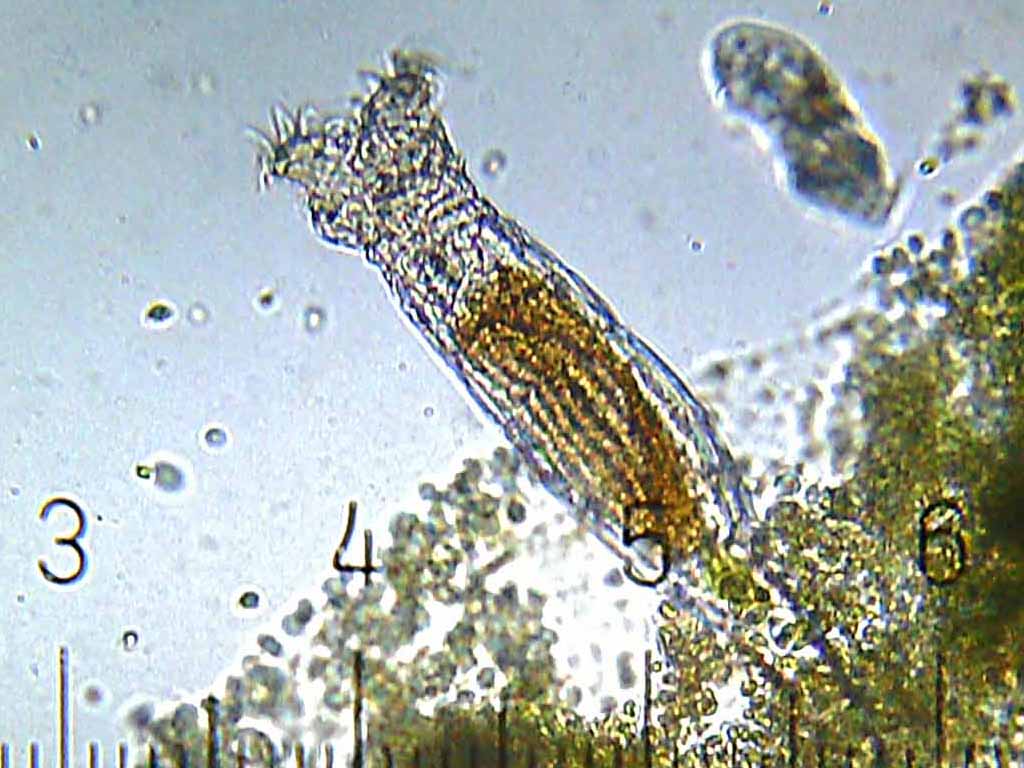

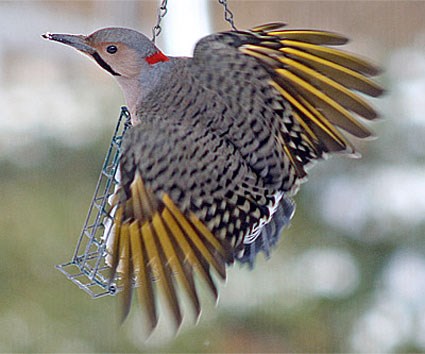
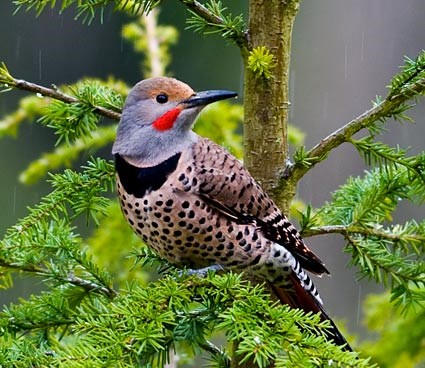
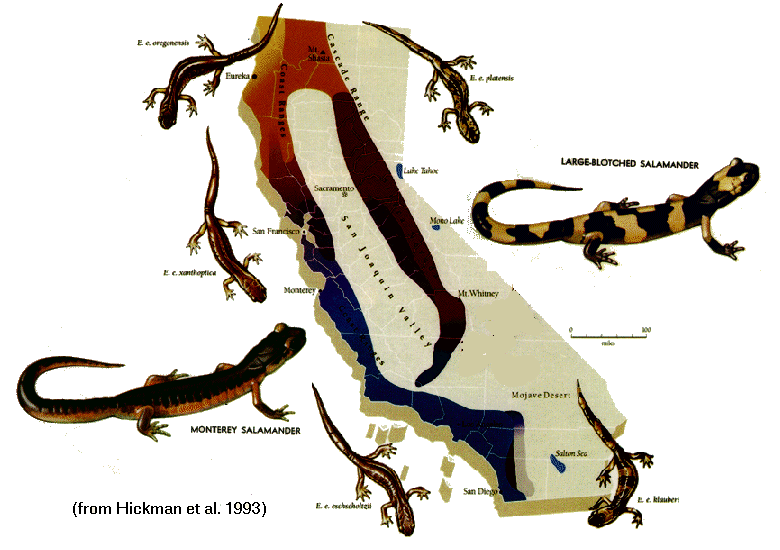

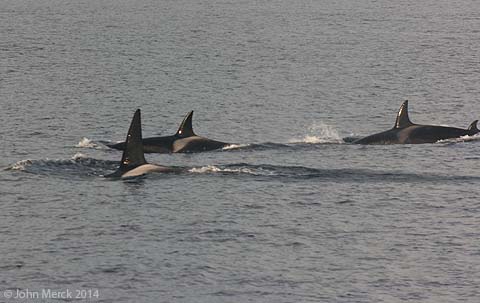
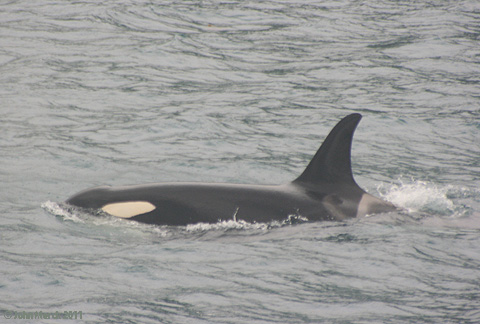

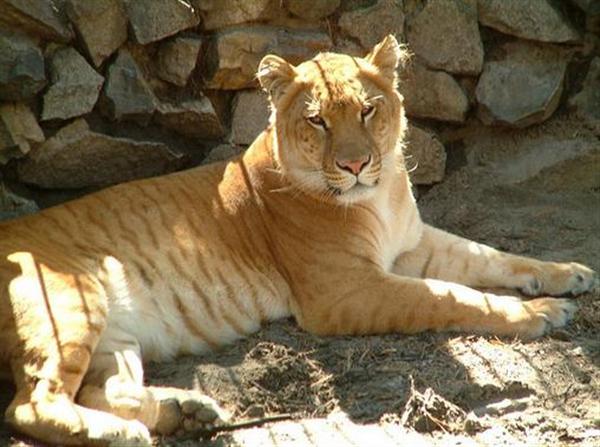
.jpg)
